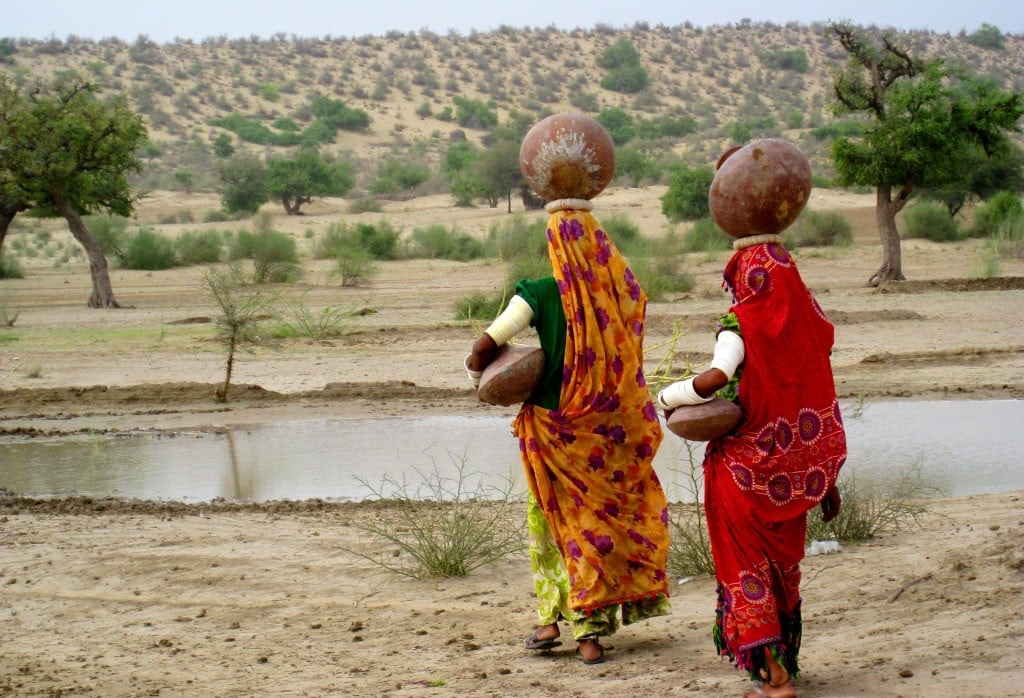
Floodwater may change the lives of people living in the desert if diverted through escape channels

We all had heard water is life. There is a quote in Punjabi, "Pani Jewendian Noo Vee Sanwaar Daa Aye Tay Murdian Noo Vee" (Water purifies the living and the dead alike). The precious resource is a boon which sometimes becomes bane for people. It helps the nations in attaining progress, which succeed in its proper management. Unfortunately, at least we are not among those (nations) so far courtesy -- our patriotic rulers.
Everyone knows that in the absence of water reservoirs (dams), we have always been wasting floodwater for years and years. An estimate puts the value of wasted floodwater at over $174 billion every year. Pakistan receives around 65 per cent rain in summer monsoon from June to August while 25 per cent in winter, while the remaining 10 per cent rain falls in other seasons.
Summer monsoon has been shifting from August. Also, monsoon region (where rain falls) is turning by around 80 to 100 kilometres to the north-west from north-east over the past three decades. The country has been facing a decrease in the frequency of rainfall, but when it rains it does for short time with very high intensity.
In this serious situation, we also have an option to construct escape channels to deal with frequent floods and also irrigate our arid zones. Following the 2010 floods, the Ramsar Advisory Mission visited Pakistan and recommended to construct escape channels. These canals may shift floodwater from river during floods to dry areas, reducing destruction in areas/cities along the river and irrigating arid zones.
We can divert floodwater to the drought-hit Thar Desert and also Cholistan. In this way, we can recharge the ground and dilute the saltish water. We should learn from India, which has taken water to Rajasthan via Indira Gandhi Canal, the world’s largest irrigation project to supply water to desert areas. The canal has brought green revolution in Rajasthan and Gujarat after the completion of its first stage in 1983. The channel turned arid zone into rich and green fields of cotton, mustard, and wheat. Now drinking water is available to locals, who were earlier used to fetch it from far-flung areas.
We can bring the people of Thar and Cholistan at par with other areas of the country economically by taking floodwater via canals to these dry areas.
We have one under-construction Rainee Canal that can reduce flood devastation and also bring green revolution in Thar Desert. While the rulers have failed to build dams, this kind of canal in the country is a ray of hope for reducing flood damages and turning arid zone into green land.
While speaking to this writer, a senior Wapda official said that water will be diverted to Rainee Canal when it exceeds 250,000 cusecs (low level flood) at Guddu Barrage.
He said the 175-kilometre canal with the capacity of 5,155 cusecs will be used for better utilisation of water, deluge mitigation and lessening losses to property during floods.
The canal will also bring around 412,400 acres of barren lands under cultivation and provide drinking water in the arid zone, which will help end poverty in dry area.
If we properly manage floodwater then we can surely turn this natural disaster into opportunity, changing fate of millions of our people.